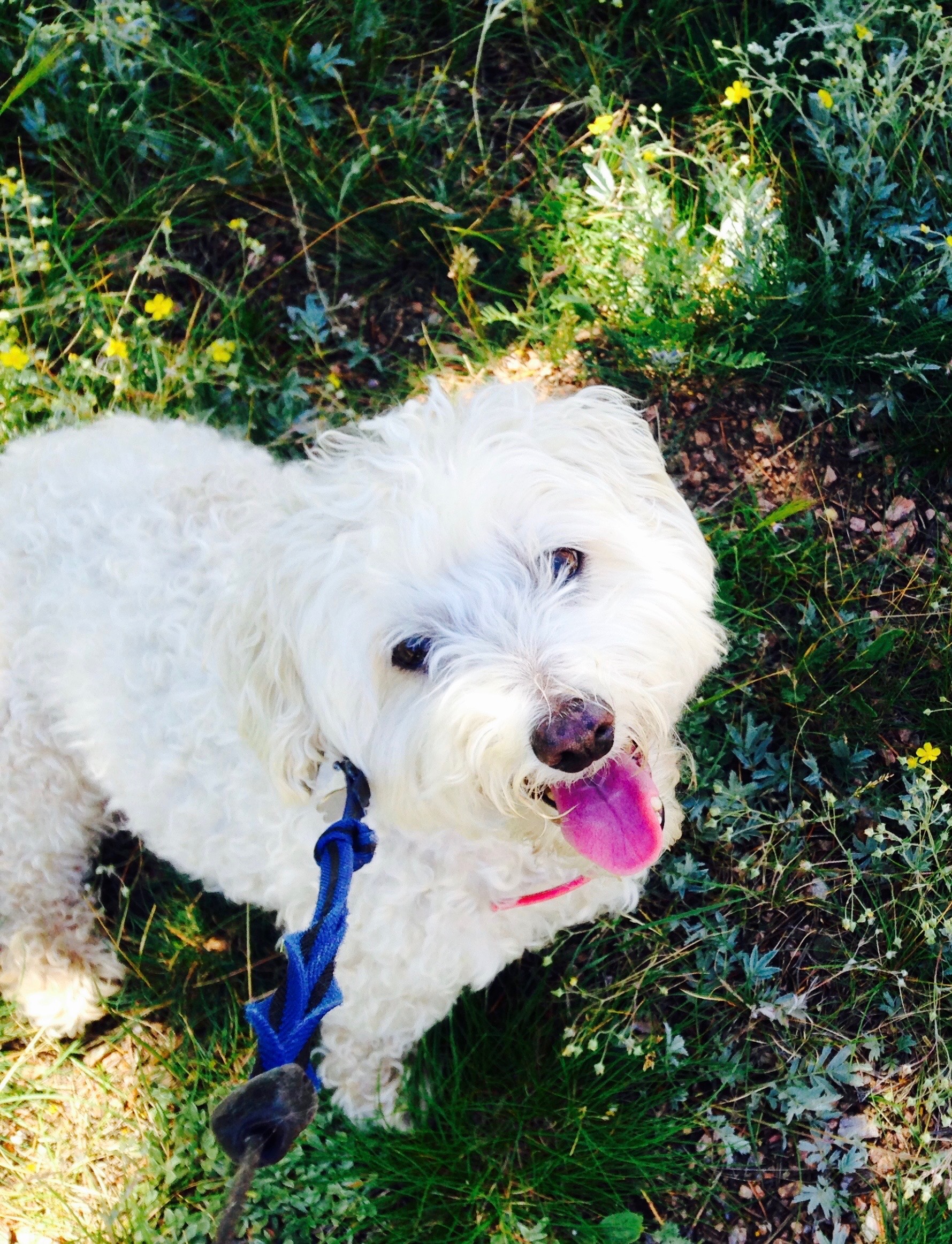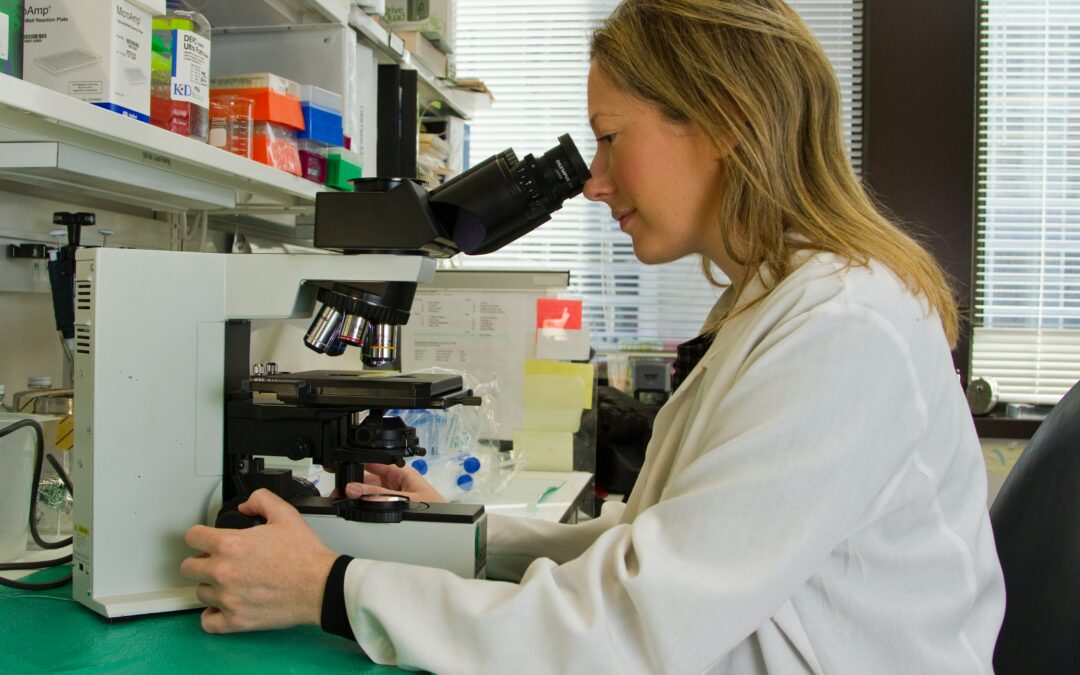Click here to listen to the corresponding episode on The WealthBuilders Podcast!
Did you know that 1 in 3 Americans have a side hustle? To put it simply, a side hustle is any venture that brings in money beyond your primary income stream. There’s a system to help you test any side hustle or potential business idea: the scientific method. Trust me—this isn’t just for baking soda volcanos or frog dissections. In 6 steps, the scientific method can help aspiring and active businesspeople succeed.
To put it bluntly, business ideas are a dime a dozen. Implementation of those ideas, however, is much rarer. As time goes on, ideas without action equals frustration—not fruitfulness. This strategy will help you vet out ideas that won’t be profitable or successful and stick with the ones that will. You can analyze your ideas before you invest your time and money, be confident, and steward your resources well.
The Value of Testing an Idea
Analysis and testing can help you learn a significant amount about an idea, product, marketing promotion plan, etc. The goal of testing is to evaluate an idea’s effectiveness early. That way, ideas that miss the mark can be stopped before you spend significant resources on them.
Subway is an example of a company that used testing before they made a company-wide decision. Executives were curious if the $5-foot-long special would be profitable. Rather than implementing a company-wide change, they tried it out on a certain number of restaurants. Their test was a success, and they were able to make the change on a broader level.
How to Start a Side Hustle Using The Scientific Method
The scientific method includes six primary steps. The process starts with the recognition of a problem. For the sake of this exercise, I am going to walk through the scientific method with a story about our old dog, Bolo.

Bolo was a part of the family (if you have a dog, you probably understand this.) Whenever we went out of town, we would take Bolo to a kennel. Other than bathroom trips, the kennel kept him in a cage the entire time. Bolo knew what was coming–he would cry and cry when we left him.
Occasionally my parents would watch Bolo, but I didn’t like to impose that burden on them. It got to the point where I dreaded going out of town because I didn’t want to leave Bolo at the kennel. So, here’s how we can apply the scientific method to this particular problem.
1. Make an Observation
Ask yourself: “What unmet needs and wants do I or others experience in their everyday life? Are there products or services that I could potentially improve?” I observed that I really disliked leaving Bolo at the kennel. I suspected that I wasn’t the only pet owner who wished they had a better solution.
2. Ask a Question
If I was to think about the problem I had with Bolo from a scientific method perspective, I would ask, “I wonder if there is a way to help pet owners who were going out of town? Is there something that feels like home and not an institution?”
3. Make a Hypothesis
A hypothesis is a testable statement in relation to a question. Regarding our question above, a hypothesis could be: “I think there are people that love dogs and would like to get paid to take care of dogs in their own homes.”
4. Conduct an Experiment
Find a way to test your business idea on a small group for little or minimal cost. As an experiment, I could have consulted my dog-loving friends and family members. I would ask them if they would be willing to take care of dogs in their own homes in exchange for payment. Then, I’d see if they wanted to take care of Bolo.
5. Draw Conclusions
Consider what you learned from your experiment. Here’s an example:
If people love dogs and could care from them in a way that was safe to the dog and the sitter, this ‘at-home doggy day care’ could be a success. I would present it as a business opportunity rather than a favor… people were really open to doing this and taking care of Bolo.
I learned that the dogs love having other dogs around, and that when I picked up Bolo, he was much more relaxed. I learned that I was also much more relaxed on vacation. I really enjoyed getting pictures of Bolo during his stay; moving forward I would make it a standard that all pet sitters had to send pictures to the owner.
6. Report Your Results
Review steps 1-5. Based on your notes, report your results.
There is a viable opportunity to blend a bed and breakfast and daycare for dogs. We found that there were some hurdles to overcome, such as scheduling, vetting dog sitters, payment systems, and ensuring that pets were vaccinated. However, it is a worthwhile opportunity to pursue using an Airbnb or VRBO model.
We can run our own ideas or our employees’ ideas through this same scientific method. As an entrepreneur or leader, this will help you determine if an idea is a viable opportunity that can be moved forward and fully scaled.
Like most experiments, you might need to tweak some variables and run multiple tests. Some testing guidelines include: limit new thing you’re introducing, understand what is happening with your control group, and make your test measurable.
I hope the scientific method in six steps has given you a greater understanding of how you can investigate business ideas and side hustles. If you want to learn more about how to start your own business, I recommend attending The WealthBuilders Business Development and Nonprofit Workshop August 19-21.



